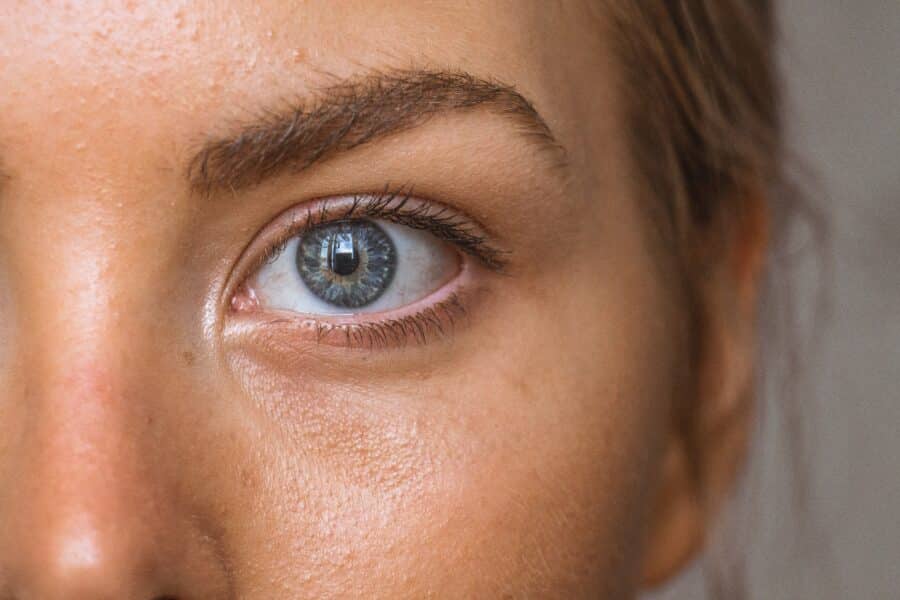LASIK for Patients With High Hypermetropia
The study “LASIK as a Solution for High Hypermetropia,” published in Medical Archives in June 2019, evaluates the safety and efficacy of LASIK for correcting high hypermetropia, offering valuable insights for clinical practice.
Key Findings:
- Objective: The study aimed to evaluate the safety and efficacy of the LASIK procedure in patients with high hypermetropia, defined as hyperopia between +3.00 and +7.00 diopters (D) with a cylinder up to 2.00D.
- Methods: This retrospective study involved 160 patients (266 eyes) who underwent LASIK using the Wavelight Allegretto Eye-Q 400Hz excimer laser with an aberration-free module. The procedures were performed from January 2013 to August 2015. Preoperative and postoperative assessments included uncorrected and corrected distant visual acuity (UDVA, CDVA), spherical equivalent (SE), and aberrometry for a 5mm pupil. Follow-up measurements were taken at 1 week, and 1, 3, 6, and 12 months post-surgery.
- Results:
- Visual Acuity: Postoperative UDVA improved significantly compared to preoperative CDVA at 3, 6, and 12 months.
- Spherical Equivalent: Preoperative SE averaged 4.69±1.20D, which improved to 0.03±0.67D at 1 week post-surgery and regressed slightly to 0.58±0.56D at 1 year.
- Aberrations: Significant increases in coma, trefoil, and spherical aberration were noted at 1 week and 1 month postoperatively but stabilized thereafter.
- Complications: Complications were minimal, with only a small percentage of patients experiencing issues such as diffuse lamellar keratitis and prolonged dry eye.
- Conclusions: The study concludes that LASIK is a safe and effective procedure for high hypermetropia, with satisfactory postoperative refraction and reasonable regression without significant loss of visual acuity lines. However, further testing is needed to assess long-term optical quality.
Implications for Practice: At the LASIK.com Network, we are dedicated to offering safe and effective vision correction procedures. This study provides strong evidence supporting LASIK as a viable option for patients with high hypermetropia. We will continue to adopt advanced eye-tracking systems and optimized ablation profiles to ensure the best outcomes for our patients. Comprehensive preoperative evaluations and careful postoperative monitoring remain crucial to achieving these results.
In conclusion, LASIK for high hypermetropia shows promising results in terms of safety and efficacy. Continued advancements in technology and surgical techniques will likely enhance these outcomes further, providing our patients with improved vision and quality of life.
Lasik as a Solution for High Hypermetropia
Authors: Alma Biscevic, Ajla Pidro, Melisa Ahmedbegovic Pjano, Senad Grisevic, Nina Ziga, Maja Bohac
Published in: Medical Archives, June 2019, Volume 73, Issue 3, p 191-194. DOI: 10.5455/medarh.2019.73.191-194.
Abstract: Aim: To evaluate the safety and efficacy of the LASIK procedure for correcting high hypermetropia.
Methods: A retrospective study of 160 patients (266 eyes) who underwent LASIK for hypermetropia between +3.00 and +7.00 diopters (D) and cylinder up to 2.00D from January 2013 to August 2015. The procedures used the Wavelight Allegretto Eye-Q 400Hz excimer laser with an aberration-free module, centered on the corneal vertex. Flaps were made with Moria M2 mechanical microkeratome.
Results: Postoperative UDVA was better than preoperative CDVA at 3, 6, and 12 months. Preoperative SE improved significantly, with some regression over time. There were significant increases in coma, trefoil, and spherical aberration at 1 week and 1 month postoperatively, which stabilized thereafter. Complications were minimal.
Conclusion: LASIK for high hypermetropia showed satisfactory results with reasonable regression and no significant loss of visual acuity lines. Further tests are needed to assess optical quality.








